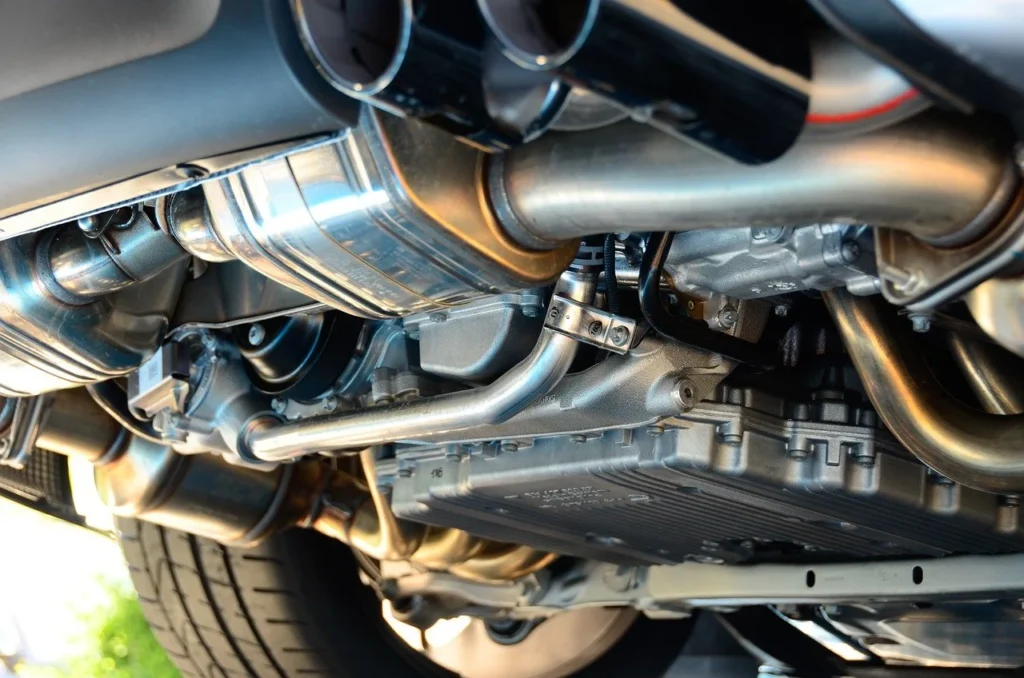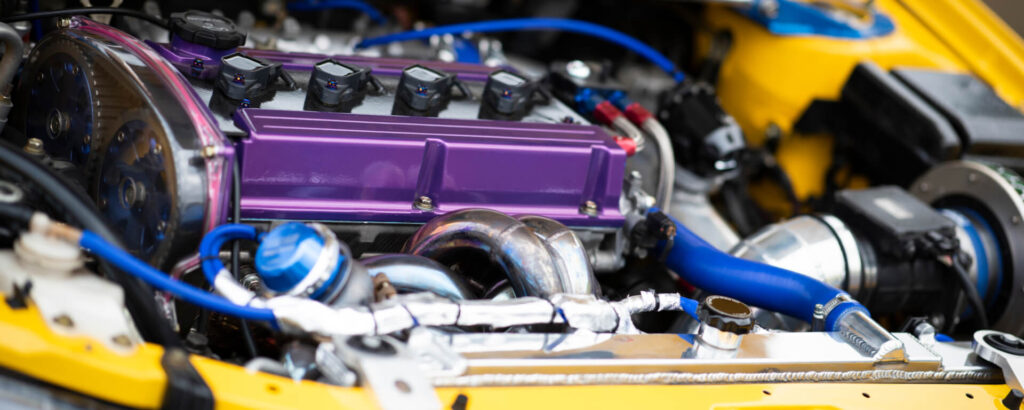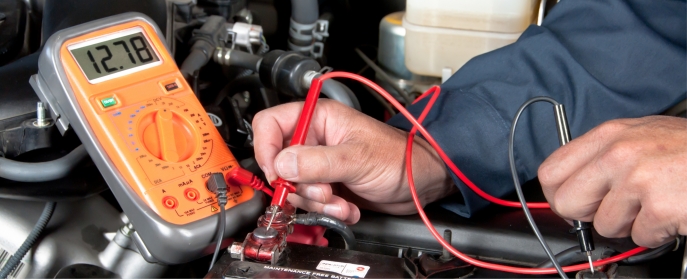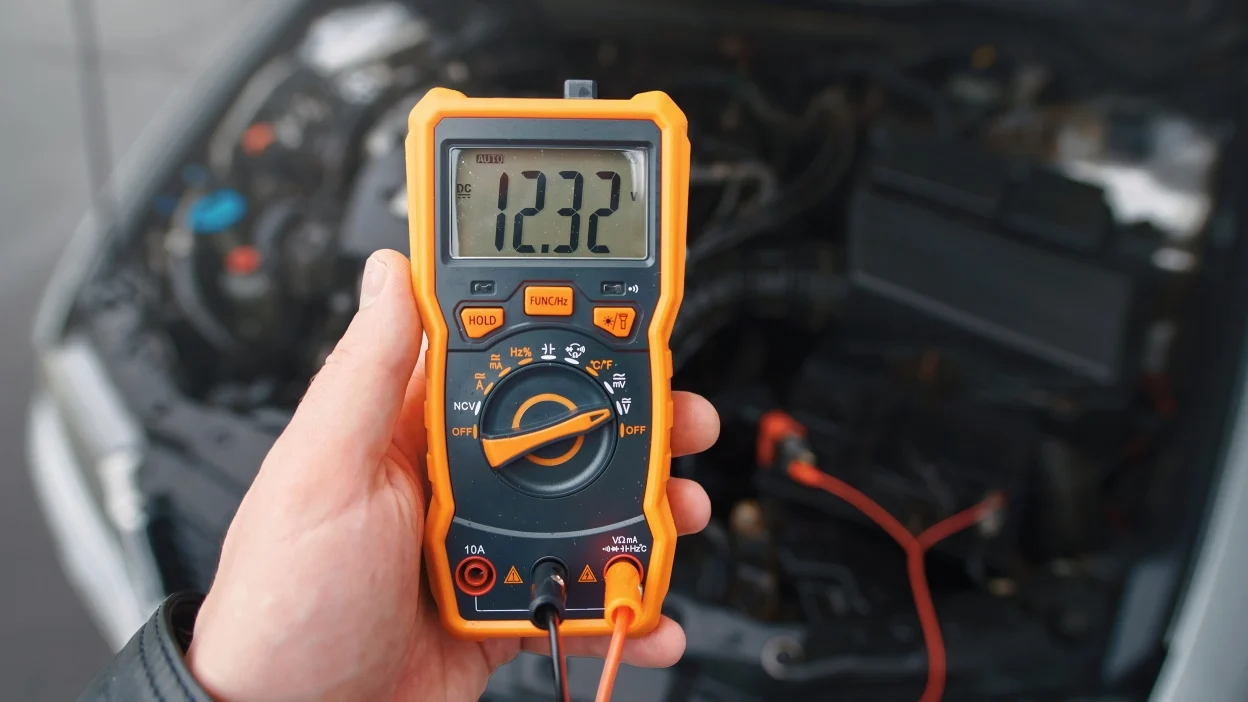If you’ve ever wondered how to clean a catalytic converter, you’re not alone. Over time, catalytic converters can become clogged with soot, carbon, and other debris, reducing their efficiency and causing performance issues in your vehicle. Thankfully, cleaning a catalytic converter is not a difficult task, and with the right tools and techniques, you can restore your converter to optimal performance. In this guide, we’ll show you exactly how to clean a catalytic converter and help you keep your vehicle running smoothly.
Table of Contents
What is a Catalytic Converter and Why Clean It?
Before we dive into the steps of how to clean a catalytic converter, it’s important to understand what it does. A catalytic converter is a crucial component of your vehicle’s exhaust system that reduces harmful emissions. Over time, the converter may become clogged or dirty, leading to reduced performance, lower fuel efficiency, and increased emissions.
Cleaning your catalytic converter regularly is essential to maintaining the overall health of your vehicle. If you’re unsure how to clean a catalytic converter, don’t worry—this guide will walk you through the entire process.
Tools You’ll Need to Clean a Catalytic Converter
To begin, you’ll need the following tools to clean a catalytic converter:
- A catalytic converter cleaning solution
- A jack and jack stands (to lift the vehicle)
- A socket wrench
- A safety mask and gloves
- A large container or bucket for soaking the converter
Having these tools on hand will make the process of how to clean a catalytic converter much easier.
Step-by-Step Guide: How to Clean a Catalytic Converter
- Lift Your Vehicle
First, you’ll need to raise your vehicle using a jack. Secure the car on jack stands to ensure it’s stable before you begin working. This is crucial when learning how to clean a catalytic converter safely. - Remove the Catalytic Converter
Use your socket wrench to disconnect the catalytic converter from the exhaust system. It’s usually bolted in place, so be sure to remove all fasteners. Once it’s loose, carefully remove it from your vehicle. - Inspect the Catalytic Converter
Before starting the cleaning process, inspect the catalytic converter for any visible signs of damage. If there are any cracks or signs of wear, it might be time to replace it instead of cleaning it. If it’s in good condition, proceed with how to clean a catalytic converter. - Soak the Catalytic Converter
Submerge the catalytic converter in a container filled with a cleaning solution specifically designed for catalytic converters. Let it soak for several hours to loosen up the dirt and debris. This step is key to understanding how to clean a catalytic converter effectively. - Scrub the Converter
After soaking, use a brush to scrub the surface of the catalytic converter. Pay special attention to the areas around the mesh and honeycomb structure, where debris tends to build up. This will help clear out the soot and carbon buildup. Scrubbing is an important part of how to clean a catalytic converter properly. - Rinse and Dry the Catalytic Converter
Once you’ve scrubbed away the grime, rinse the converter with water. Allow it to dry completely before reinstalling it back onto your vehicle. A clean and dry catalytic converter ensures you’re maximizing its efficiency when you know how to clean a catalytic converter.
When Should You Clean Your Catalytic Converter?
Knowing how to clean a catalytic converter is important, but it’s also essential to understand when it’s necessary. Generally, you should clean your catalytic converter if you notice:
- Decreased fuel efficiency
- Poor engine performance
- An increase in emissions or a check engine light related to the catalytic converter
Regular maintenance is crucial for your vehicle’s exhaust system, and knowing how to clean a catalytic converter can help you avoid costly replacements.

Can a Catalytic Converter Be Cleaned Without Removal?
If you’re unable or unwilling to remove the catalytic converter, there are still ways to clean it without taking it out of the exhaust system. There are fuel additives available that can help clean the catalytic converter as the vehicle runs. While this method is less effective than manual cleaning, it’s a quick and simple way to improve performance while learning how to clean a catalytic converter.
Conclusion: How to Clean a Catalytic Converter and Maintain Your Vehicle
By now, you should have a clear understanding of how to clean a catalytic converter. Regular cleaning and maintenance of your catalytic converter will not only improve the performance of your vehicle but also extend the life of your exhaust system. Always use the right tools and cleaning solutions, and remember to inspect the converter for any signs of damage. By following these steps, you’ll be able to keep your catalytic converter in top shape and ensure your car runs efficiently for years to come.
If you’re unsure or uncomfortable performing this task, consider taking your vehicle to a professional mechanic who can show you how to clean a catalytic converter properly.
Related Post:
For another important maintenance task to keep your car running smoothly, check out our guide on How to Clean a Car’s Mass Airflow Sensor.





Leave a Reply